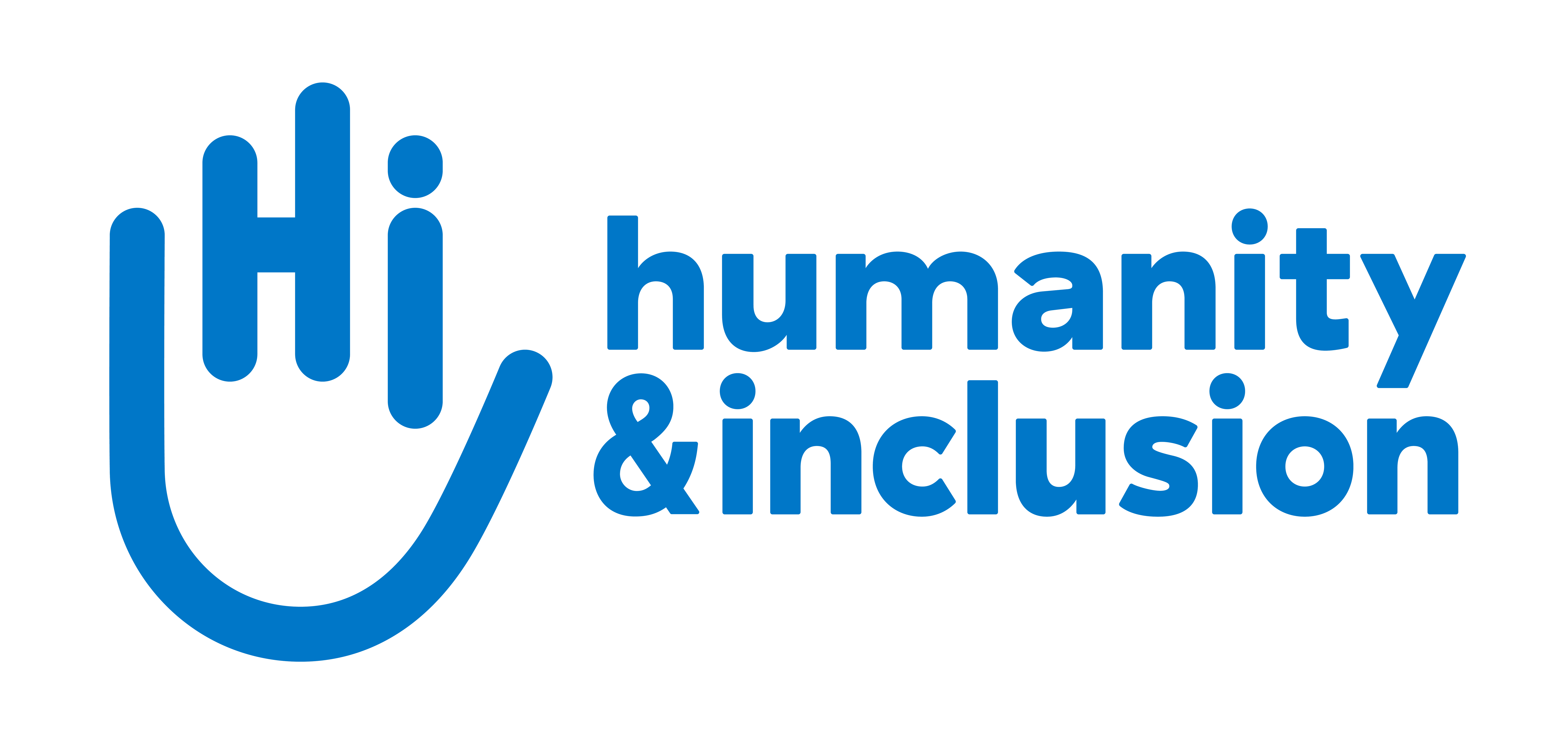Haiti: HI expands emergency needs evaluation
Members of the Humanity & Inclusion (HI) emergency team head north from the Cayes to assess needs of Grande’Anse following the earthquake

HI Emergency area manager, Anissa Bouachria, observes earthquake damage in the Cayes, Haiti. 2021 | © R.CREWS / HI
Sunday, August 29, members of the HI emergency pool headed to Grande’Anse from the Cayes to expand its needs evaluation following the 7.2 magnitude earthquake that devastated the entire South West region of Haiti.
HI’s emergency area manager, a logistics specialist and an expert in debris clearance are visiting Jeremie, Corail and Pestel to assess the situation and determine the next steps of their response. The earthquake dramatically affected these areas, leaving many injured and without shelter, food or clean water.
The biggest challenge: coordinating the last mile
“Our main focus will be on the health needs and logistics components,”
says HI emergency area manager Anissa Bouachria.
“We need to look at the roads, ports and bridges for clearance concerns or infrastructural damage. Then, we need to determine our shipping and storage possibilities accordingly. Coordinating the last mile between arrival and delivery is greatest hurdle.”
Giving NGOs access to isolated areas
As part of its emergency response, HI has been preparing maritime shipping in order to deliver essential aid materials to the regions most affected by the earthquake. Proper inspection of the ports, which may have been damaged in the quake, will determine the possibilities of shipping, the volume of supplies to be shipped, where they can be unloaded, and how. This service could serve as a strategic way for numerous NGOs to access affected regions in Haiti with vital goods.
“Another priority is to build collaborative relationships with the local authorities in Grande’Anse,” Anissa says. “As we did in the Cayes, we need to meet with the Civil Protection Agency, the Director of Health and the Ministry of Public Transportation so that we can tailor our response to the particular situation in each region.”
Provide an adapted response
While these members of the emergency response team broaden the scope of HI’s intervention, others will remain in the Cayes to continue overseeing the rehabilitation services that HI has begun in local hospitals and a rehabilitation center.
“In Jeremie, we expect to see a lot of similarities to the Cayes, such a need for rehabilitation support, and for essential goods,” says Anissa. “We just need to determine the volume of need. In order to provide an adapted response, we need to have a clear idea of the situation and the possibilities in each region we visit.”





